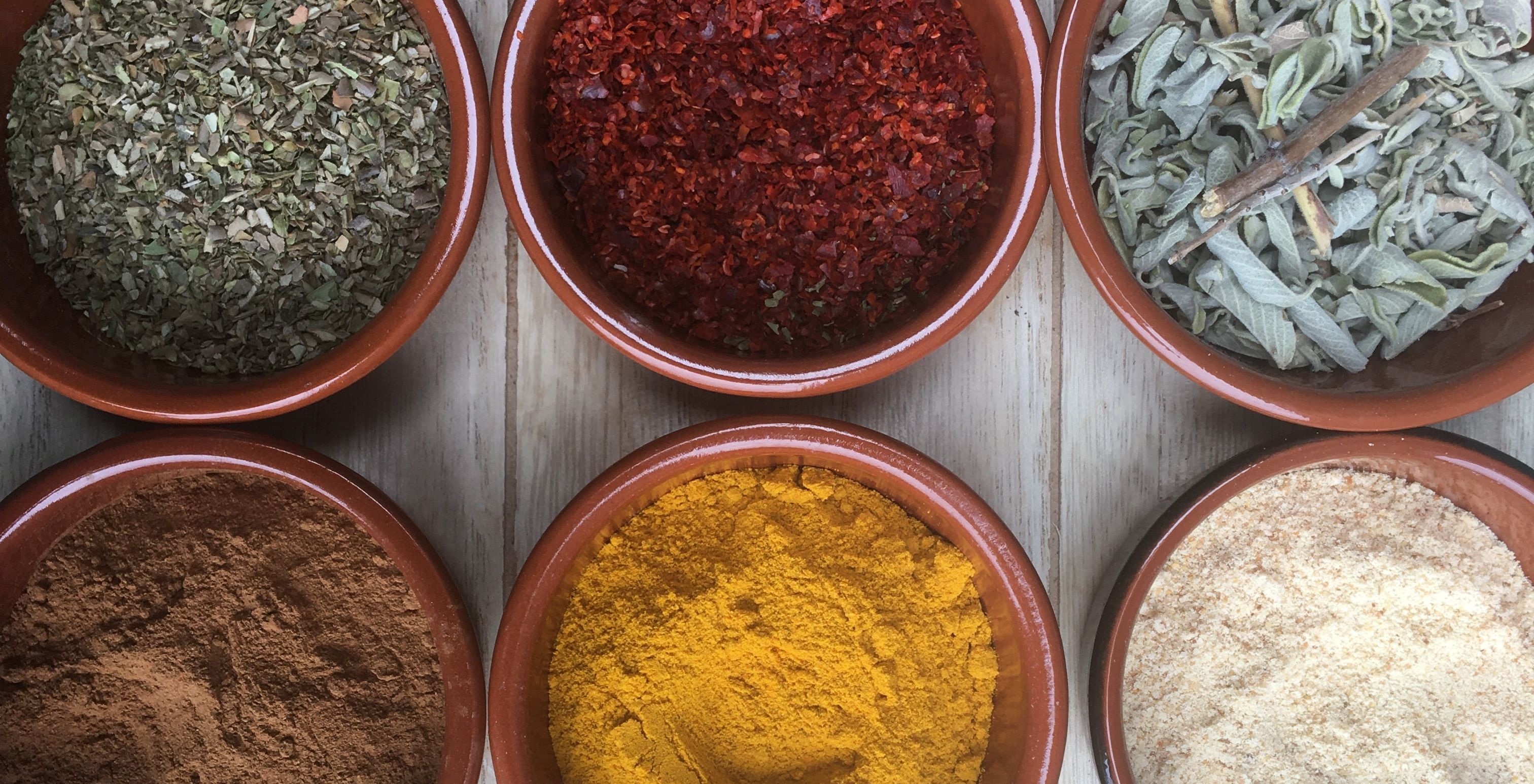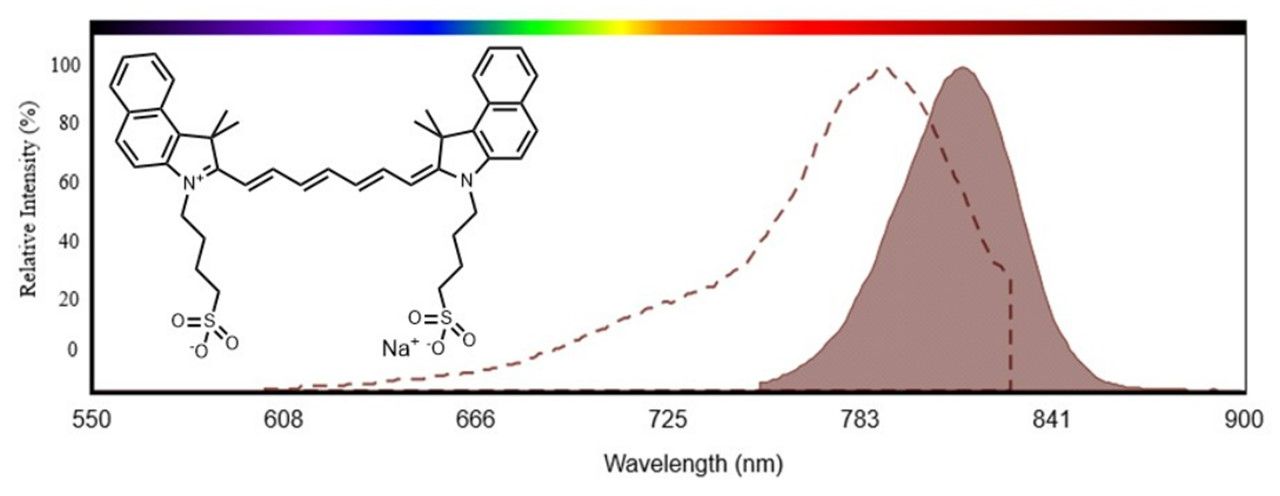Welcome to Iris Biotech
For better service please confirm your country and language we detected.

For better service please confirm your country and language we detected.

Thank you very much for your interest in our products. All prices listed on our website are ex-works, Germany, and may attract customs duties when imported.
You may/will be contacted by the shipping company for additional documentation that may be required by the US Customs for clearance.
We offer you the convenience of buying through a local partner, Peptide Solutions LLC who can import the shipment as well as prepay the customs duties and brokerage on your behalf and provide the convenience of a domestic sale.
Continue to Iris Biotech GmbHSend request to US distributorPublished on 07/02/2023

The HaloTag®, SNAP-Tag® and its variant, the CLIP-TagTM, represent different self-labeling protein tags of around 20‑30 kDa. While the HaloTag® is designed to react with chloroalkane linker substrates, the SNAP-tag® reacts with O6-benzylguanine derivatives and the CLIP-tagTM with benzylcytosine derivatives. Those reactive moieties can further be conjugated. Thus, desired functional groups can easily be introduced and linked to the protein of interest (POI).
➔ For more information on the tag’s properties, please also see our previous blog post.
In the following, we want to focus on different available functional groups attached to the tag substrates as well as on their properties and further conjugation possibilities.
Click chemistry is a convenient method for the chemoselective conjugation of two reaction partners, typically an azide and a (strained) alkyne or, in the case of the inverse electron-demand Diels-Alder (IEDDA) cycloaddition, a tetrazine and a strained alkene. Over the years, it developed towards a biocompatible reaction allowing for in vivo applications. At Iris, we offer a selection of self-labeling protein tag substrates bearing an additional clickable group, e.g. alkyne, azide, DBCO. Thus, the POI can easily be further equipped with additional functionalities as a panoply of clickable building blocks are readily commercially available.
➔ You need more information about Click Chemistry? Check out our brochure!
Another tool for versatile conjugation are linkers. Historically, linker moieties used to represent simple connecting elements, but have since developed into sophisticated building blocks, ranging from permanent, over cleavable to self-immolative ones. Besides well-known dipeptidic linkers (e.g. Val-Cit, Val-Ala), glucuronic acid capped linkers or trimethyl locks, one approach to introduce a point of (bio-)cleavage between cargo and carrier is represented by disulfide-based linkers.
For ease of synthesis, Iris Biotech offers pyridyl disulfide-functionalized tag substrates as building blocks for the preparation of disulfide-based linkers upon reaction with other thiol-functionalized molecules, e.g. biomolecules. During the reaction, a disulfide exchange occurs between the biomolecule’s thiol group and the reagent’s 2-pyridyldithiol group. As a result, pyridine-2-thione is released, which can be followed spectrophotometrically (λmax = 343 nm) to monitor the progress of the reaction.

Chemical conjugation of a pyridyldithiol to a sulfhydryl substituted biomolecule.
➔ Interested in other linker technologies? Download our brochure Linkerology®
➔ If you need more information on pyridyldithiols, please see our previous blog post!
Besides, Iris Biotech also offers Biotin-functionalized tag substrates. The conjugation of a biotin moiety to a POI allows e.g., for the selective isolation based on the high affinity of biotin towards avidin representing a useful technology for purification, immobilization, and labeling.
As fluorophore, Indocyanine Green (ICG) can be introduced to the tagged POI via its labeled substrate. ICG is a near-infrared fluorescence imaging dye. Its absorption maximum is at 800 nm and there is only slight absorption in the visible range, which results in low auto-fluorescence and tissue absorbance. The emission maximum is at 810 nm. Besides, ICG has been approved by the FDA.

Absorption and emission spectra of indocyanine green (spectrum courtesy of AAT Bioquest, Inc.).
In addition, we offer substrates with other functional groups for further conjugation, such as maleimide, succinic acids or amines. Most derivatives are available with additional PEG spacers inbetween the tag substrate and the functional group for increased overall solubility.
➔ You need additional information about PEGylation? Please see our brochure!
SNAP-tag® is a registered trademark and CLIP-tagTM a trademark of New England Biolabs, Inc. HaloTag® is a registered trademark to Promega Corporation. HaloTag® Technology is proprietary to Promega Corporation. Linkerology® is a registered trademark to Iris Biotech GmbH.
References:
Site-specific protein labeling with SNAP-Tags; N. B. Cole; Curr Protoc Protein Sci. 2013; 73(30): 1-30. https://doi.org/10.1002/0471140864.ps3001s73
A general method for the covalent labeling of fusion proteins with small molecules in vivo; A. Keppler, S. Gendrezig, T. Gronemeyer, H. Pick, H. Vogel, K. Johnsson; Nat. Biotechnol. 2003; 21: 86-89. https://doi.org/10.1038/nbt765
HaloTag: A Novel Protein Labeling Technology for Cell Imaging and Protein Analysis; g: v: Los; L. P. Encell, M. G. McDougall, D. D. Hartzell, N. Karassina, C. Zimprich, M. G. Wood, R. Learish, R. F. Ohana, M. Urh, D. Simpson, J. Mendez, K. Zimmerman, P. Otto, G. Vidugiris, J. Zhu, A. Darzins, D. H. Klaubert, R. F. Bulleit, K. V. Wood. ACS Chem. Biol. 2008; 3(6): 373-382. https://doi.org/10.1021/cb800025k
Directed evolution of O6-alkylguanine-DNA alkyltransferase for efficient labeling of fusion proteins with small molecules in vivo; A. Juillerat, T. Gronemeyer, A. Keppler, S. Gendreizig, H. Pick, H. Vogel, K. Johnsson; Chem. Biol. 2003; 10(4): 313-317. https://doi.org/10.1016/s1074-5521(03)00068-1
Site-specific, Covalent Labeling of Recombinant Antibody Fragments via Fusion to an Engineered Version of 6-O-Alkylguanine DNA Alkyltransferase; F. Kampmeier, M. Ribbert, T. Nachreiner, S. Dembski, F. Beaufils, A. Brecht, S. Barth; Bioconjugate Chem. 2009; 20(5): 1010-1015. https://doi.org/10.1021/bc9000257
SNAP-Tag Technology: A Useful Tool to Determine Affinity Constants and Other Functional Parameters of Novel Antibody Fragments; J. Niesen, M. Sack, M. Seidel, R. Fendel, S. Barth, R. Fischer, C. Stein; Bioconjugate Chem. 2016; 27(8): 1931-1941. https://doi.org/10.1021/acs.bioconjchem.6b00315
The clinical use of indocyanine green as a near-infrared fluorescent contrast agent for image-guided oncologic surgery. Boudewijn E. Schaafsma MD, J. Sven D. Mieog MD, Merlijn Hutteman MSc, Joost R. van der Vorst MD, Peter J.K. Kuppen PhD, Clemens W.G.M. Lwik PhD, John V. Frangioni MD, PhD, Cornelis J.H. van de Velde MD, PhD, Alexander L. Vahrmeijer MD PhD; Surg. Oncol. 2011; 104: 323-332. https://doi.org/10.1002/jso.21943
Degradation kinetics of indocyanine green in aqueous solution. Vishal Saxena, Mostafa Sadoqi, Jun Shao; J. Pharm. Sci. 2003; 92: 2090-2097. https://doi.org/10.1002/jps.10470
Stability assessment of indocyanine green within dextran-coated mesocapsules by absor- bance spectroscopy. Mohammad Abbas Yaseen; Jie Yu; Michael S. Wong; Bahman Anvari; Journal of Biomedical Optics 2007; 12(6): 064031. https://doi.org/10.1117/1.2821423
Imaging proteins inside cells with fluorescent tags; G. Crivat, J. W. Taraska; Trends Biotechnol 2012; 30(1): 8-16. https://doi.org/10.1016/j.tibtech.2011.08.002
Visualizing Biochemical Activities in Living Cells through Chemistry; L. Reymond, G. Lukinavicius, K. Umezawa, D. Maurel, M. A. Brun, A. Masharina, K. Bojkowska, B. Mollwitz, A. Schena, R. Griss, K. Johnsson; CHIMICA Int. J. Chem. 2011; 65(11): 868-871. https://doi.org/10.2533/chimia.2011.868
Cell Penetration Profiling Using the Chloroalkane Penetration Assay; L. Peraro, K. L. Deprey, M. K. Moser, Z. Zou, H. L. Ball, B. Levine, J. A. Kritzer; J. Am. Chem. Soc. 2018; 140(36): 11360-11369. https://doi.org/10.1021/jacs.8b06144
HaloTag technology: a versatile platform for biomedical applications; C. G. England, H. Luo and W. Cai; Bioconjug Chem 2015; 26: 975-86. https://doi.org/10.1021/acs.bioconjchem.5b00191
HaloTag: a novel protein labeling technology for cell imaging and protein analysis; G. V. Los, L. P. Encell, M. G. McDougall, D. D. Hartzell, N. Karassina, C. Zimprich, M. G. Wood, R. Learish, R. F. Ohana, M. Urh, D. Simpson, J. Mendez, K. Zimmerman, P. Otto, G. Vidugiris, J. Zhu, A. Darzins, D. H. Klaubert, R. F. Bulleit and K. V. Wood; ACS Chem Biol 2008; 3: 373-382. https://doi.org/10.1021/cb800025k
Self-labelling enzymes as universal tags for fluorescence microscopy, super-resolution microscopy and electron microscopy; V. Liss, B. Barlag, M. Nietschke, M. Hensel; Scientific Reports 2016; 5. https://doi.org/10.1038/srep17740
Snap-, CLIP- and Halo-Tag Labelling of Budding Yeast Cells; F. Stagge, G. Y. Mitronova, V. N. Belov, C. A. Wurm, S. Jakobs; PLoS ONE 8(10): e78745. https://doi.org/10.1371/journal.pone.0078745